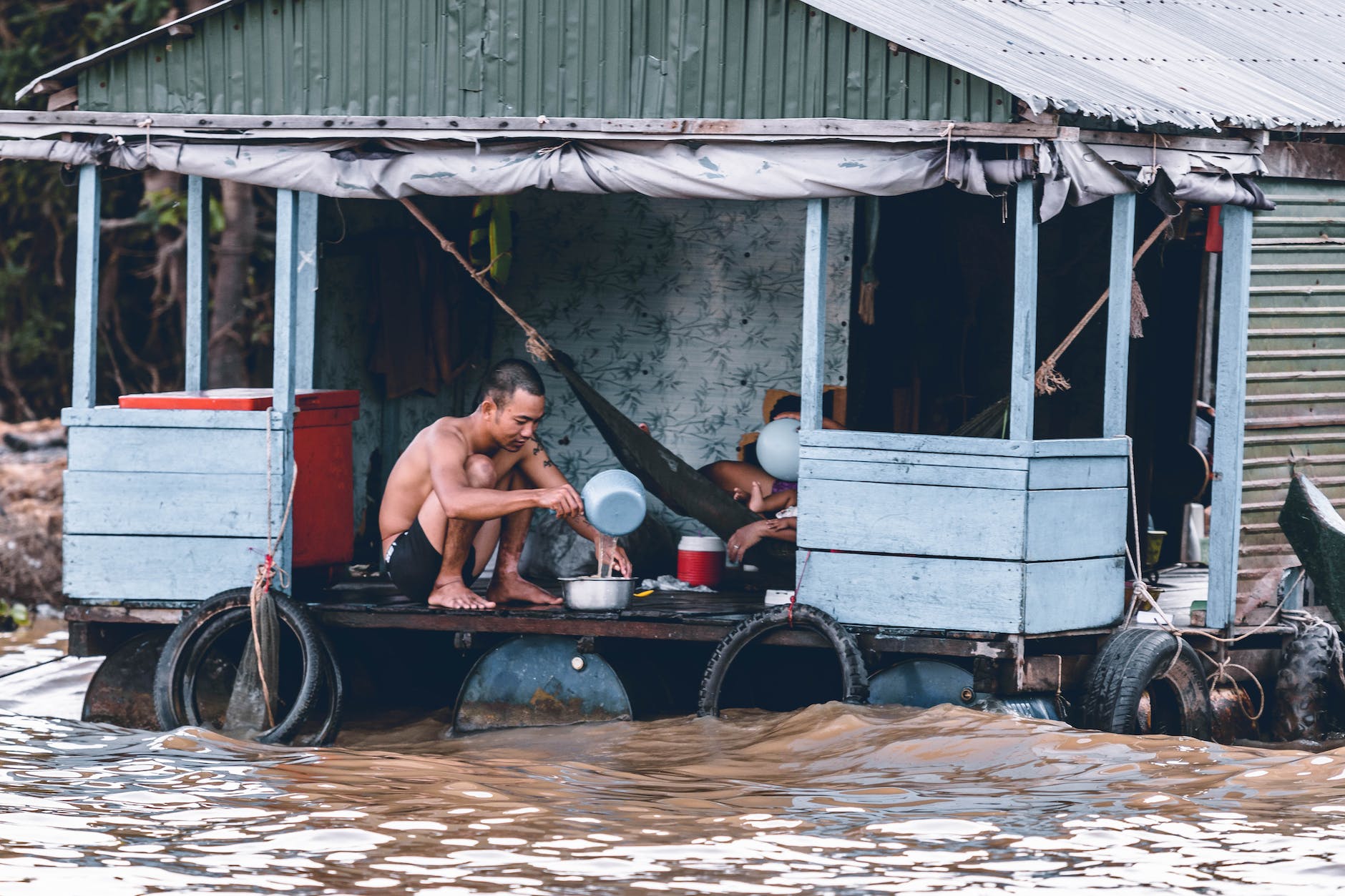Flash floods and climate change are two of the most pressing issues facing our planet today. As temperatures continue to rise and weather patterns become more extreme, flash floods are becoming an increasingly common occurrence in many parts of the world. At the same time, climate change is exacerbating the effects of these floods, making them more destructive and deadly than ever before.
In this article, we will explore the causes and effects of flash floods, as well as the ways in which climate change is making them worse. We will also look at some of the measures that can be taken to mitigate the impact of flash floods and help communities to recover in their aftermath.
Table of Contents
ToggleCauses of Flash Floods
Flash floods are caused by heavy rain or snowmelt that occurs over a short period of time. This can happen when a thunderstorm or other weather system drops a large amount of precipitation in a small area, overwhelming the local drainage systems and causing water to rise quickly. In other cases, flash floods may be caused by a rapid snowmelt, as can happen when a warm front moves in after a winter storm.
Effects of Flash Floods
The effects of flash floods can be devastating. In addition to causing property damage, flash floods can also lead to loss of life and serious injuries. This is because flash floods can rise quickly and unexpectedly, catching people off guard and trapping them in their homes or vehicles. Additionally, flash floods can also cause landslides and other forms of erosion, which can further damage homes and infrastructure.
Climate Change and Flash Floods
Climate change is making flash floods worse in several ways. For one, warmer temperatures are causing more evaporation, which in turn is leading to more intense precipitation events. This means that when it does rain or snow, it is falling more heavily and in greater quantities than before. Additionally, as sea levels rise, coastal areas are becoming more vulnerable to storm surge and flooding.

Mitigating the Impact of Flash Floods
There are several measures that can be taken to mitigate the impact of flash floods. One of the most effective is to improve the local drainage systems, so that water can be quickly and efficiently channeled away from populated areas. Additionally, communities can take steps to prepare for flash floods by creating emergency plans, educating residents about flood risks, and developing early warning systems.
Recovering from Flash Floods
Recovering from a flash flood can be a long and difficult process. In addition to dealing with the immediate aftermath of the flood, communities also need to focus on rebuilding homes and infrastructure, as well as providing support and assistance to those who have been affected by the flood.
Overall, flash floods and climate change are two of the most pressing issues facing our planet today. As temperatures continue to rise and weather patterns become more extreme, flash floods are becoming an increasingly common occurrence in many parts of the world. At the same time, climate change is exacerbating the effects of these floods, making them more destructive and deadly than ever before. By understanding the causes and effects of flash floods, as well as the ways in which climate change is making them worse, we can take steps to mitigate the impact of these floods and help communities to recover in their aftermath.








7 thoughts on “Flash floods and climate change”
Pingback: Extreme Weather Events and Sustainability - Sustainability Awakening
Pingback: Wildfires, Climate Change, and Sustainability: A Burning Concern - Sustainability Awakening
Pingback: Flooding in Jakarta: A Call to Action on Climate Change
Pingback: Flash Floods in Conway: Understanding the Causes and Impacts
Pingback: Climate Change: Understanding the Effects and Solutions
Pingback: Fort Lauderdale Flooding: A Harbinger of Climate Change in Florida
Pingback: Western Canada Wildfires and Flooding: A Wake-Up Call for Climate Action - Sustainability Awakening